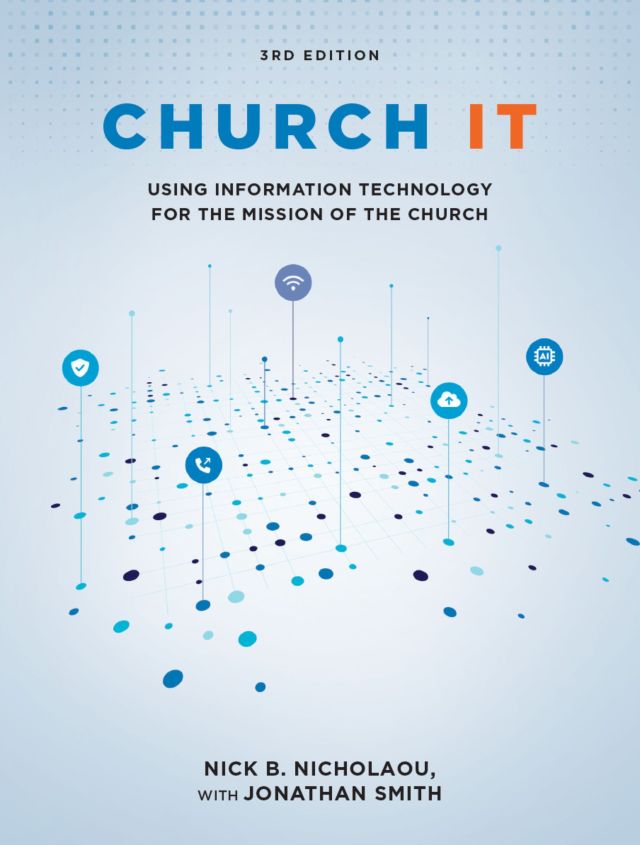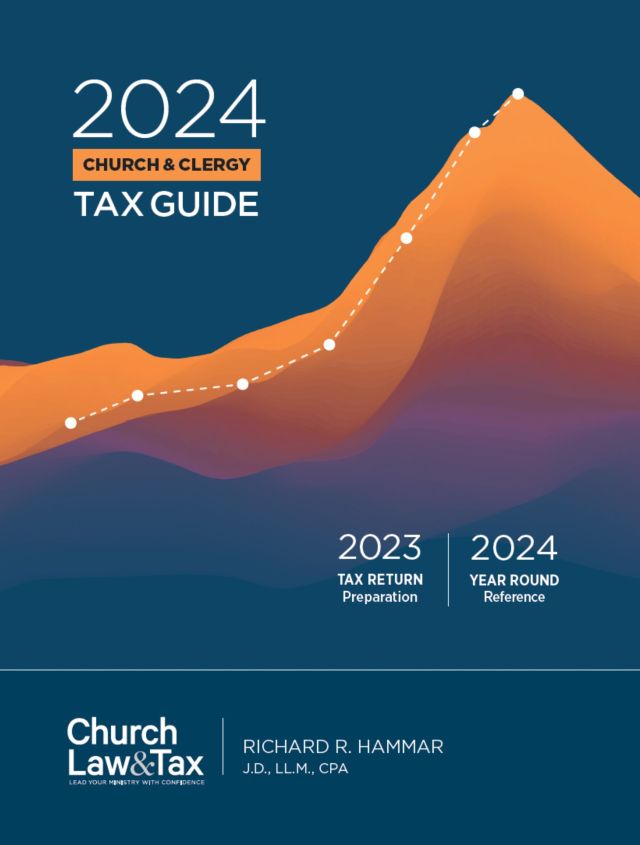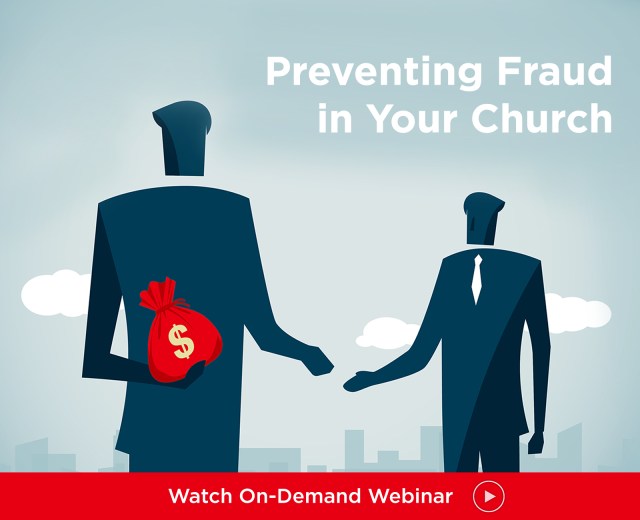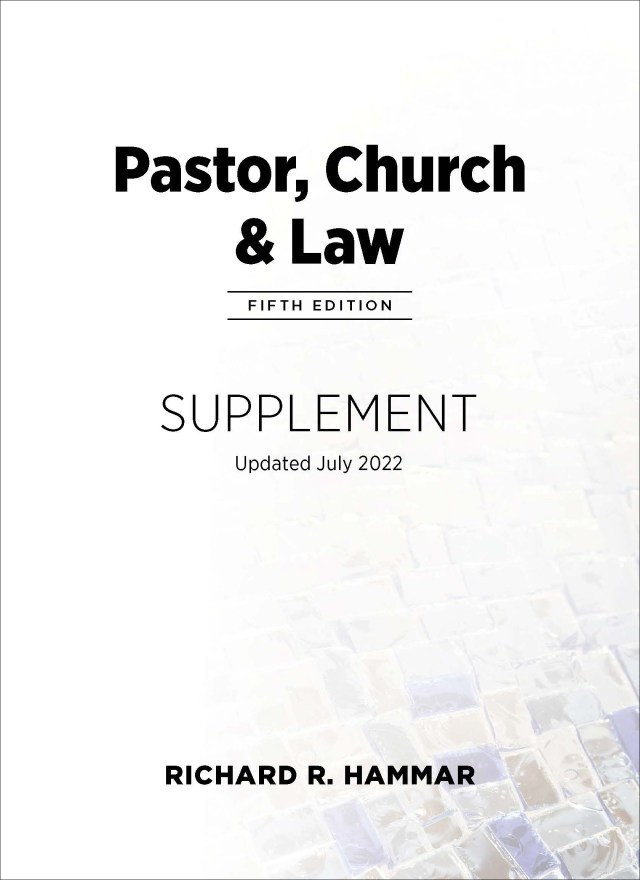Editor’s note. This video is part of the Advantage Membership. Learn more on how to become an Advantage Member or upgrade your membership.
In America, the retirement boom has begun. Yet statistics from annuity.org and elsewhere indicate that most Americans are not financially ready for it.
Unfortunately, this trend rings true in churches as well. But this doesn’t have to be the case. With a little forward thinking, churches can set their pastors and staff up for success during the retirement years.
In this webinar featuring CPA Elaine Sommerville, you will learn what to do–or not do–as your workforces age. Watch now to gain an overview of plans that can assist pastors and staff members with setting aside retirement funds, as well as critical considerations they must make regarding housing, spouses, health insurance and Medicare, and life insurance.





